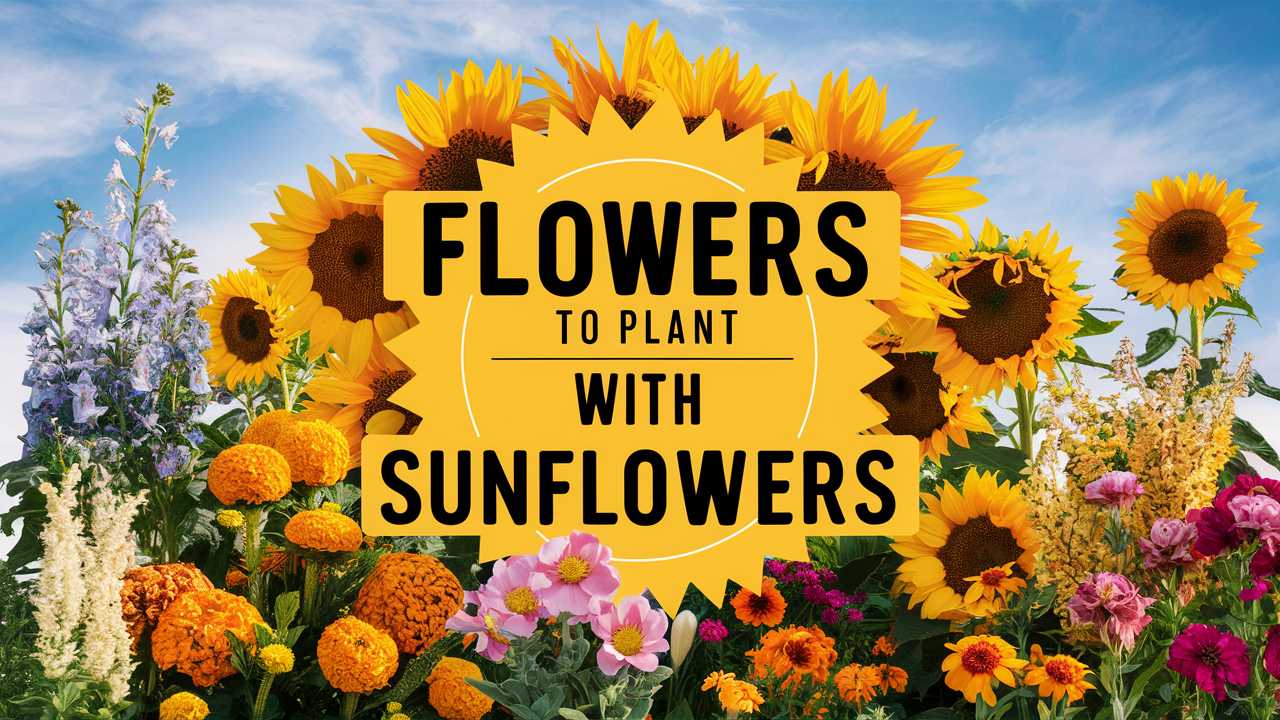In this post, we’ll delve deep into various flowers that work harmoniously with sunflowers, enriching the garden with color, texture, and ecological benefits. Let’s explore these floral companions in detail.
Crimson Clover
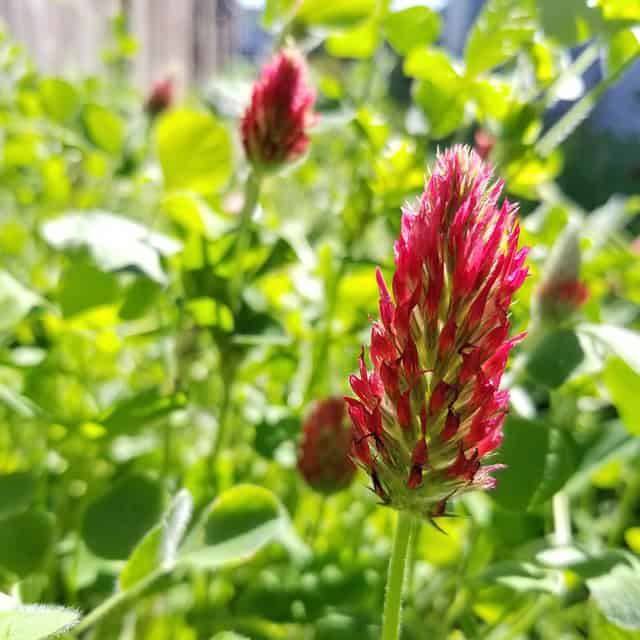
Crimson clover (Trifolium incarnatum) is a robust and visually stunning plant that deserves a place in your sunflower garden. Known for its vivid crimson flower heads, crimson clover is not only an aesthetic delight; it plays a significant role in sustainable gardening practices. As a legume, it has the magical ability to fix nitrogen from the air and convert it into a form that plants can use. This natural fertilization process enhances soil fertility, creating an ideal environment for sunflowers, which have high nutrient demands.
Additionally, crimson clover is a cover crop that helps prevent soil erosion and compaction, ultimately benefiting the companion sunflowers. This flower is a magnet for pollinators, attracting bees and beneficial insects to your garden, which can enhance the pollination of your sunflowers as well. The rich green foliage of crimson clover provides an inviting contrast to the bold sunflowers, making your garden more visually engaging.
Marigolds
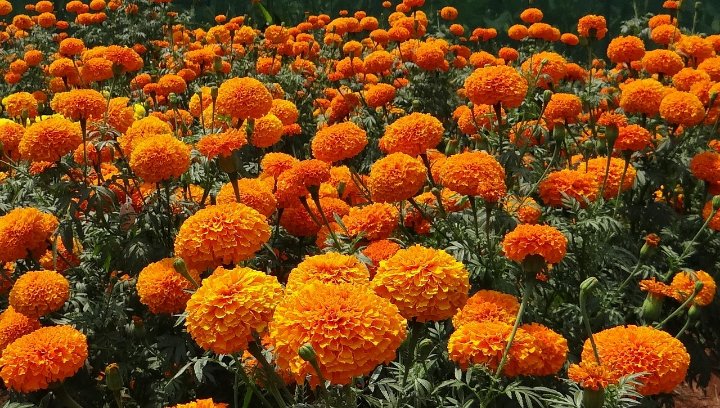
Marigolds (Tagetes spp.) are often referred to as the ‘guardian’ of the garden, a title they earn through their prolific pest-deterring properties. These hardy annuals, with their vibrant shades of orange and yellow, complement sunflowers incredibly well both in aesthetics and functionality. The potent scent of marigolds acts as a natural deterrent to pests like aphids, nematodes, and whiteflies, which can become problematic for sunflowers and other plants.
Moreover, marigolds can help improve soil health by suppressing harmful nematodes and promoting beneficial organisms. Their relatively low maintenance and ability to thrive in similar growing conditions as sunflowers ensure that these two plants will not compete for resources. By planting marigolds interspersed among your sunflowers, you create a protective and visually stimulating environment where both plants can thrive harmoniously.
Daisies
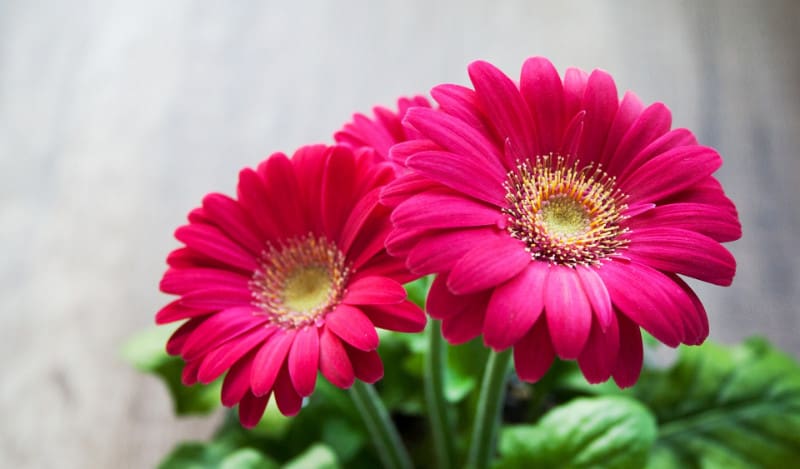
Daisies (Bellis perennis) are a timeless addition to any garden, and their joyful blooms are the perfect companions for sunflowers. With their classic white petals and sunny yellow centers, daisies bring a gentle charm that balances the boldness of sunflowers. They flourish in similar soil types and light conditions, making them easy to manage alongside their towering neighbors.
Daisies also play a vital role in attracting pollinators. Butterflies, bees, and other beneficial insects are drawn to their nectar, which can lead to better pollination of not just the daisies themselves but also the nearby sunflowers. Planting daisies will enhance the overall biodiversity of your garden and provide a continual display of blooms from spring to fall. Together, sunflowers and daisies create a warm and welcoming atmosphere, embodying the quintessential summer garden.
Snapdragons
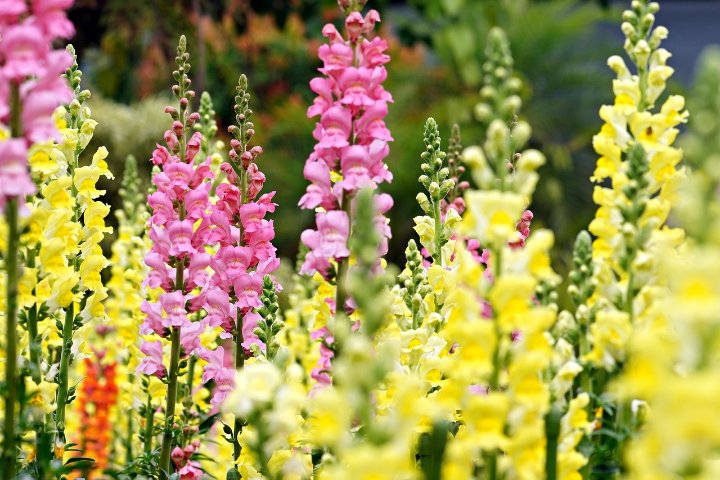
Snapdragons (Antirrhinum majus) are a fantastic addition to any sunflower garden, offering an intriguing contrast with their tall, spiky form. These colorful annuals come in hues ranging from soft pastels to vibrant shades, making them versatile in their placement. Their upright growth habit allows them to reach impressive heights, complementing the tower-like structure of sunflowers while avoiding undue competition for sunlight.
In addition to their striking appearance, snapdragons have a fascinating quality: when lightly squeezed, their flower petals snap open! This unique feature makes them a favorite among gardeners, children, and anyone who admires the whimsical nature of plants. As a bonus, snapdragons can attract hummingbirds and butterflies, further enhancing the pollinator activity in your garden. This increased attraction not only beautifies your space but also boosts the ecological interactions necessary for healthy plant growth.
Nasturtiums
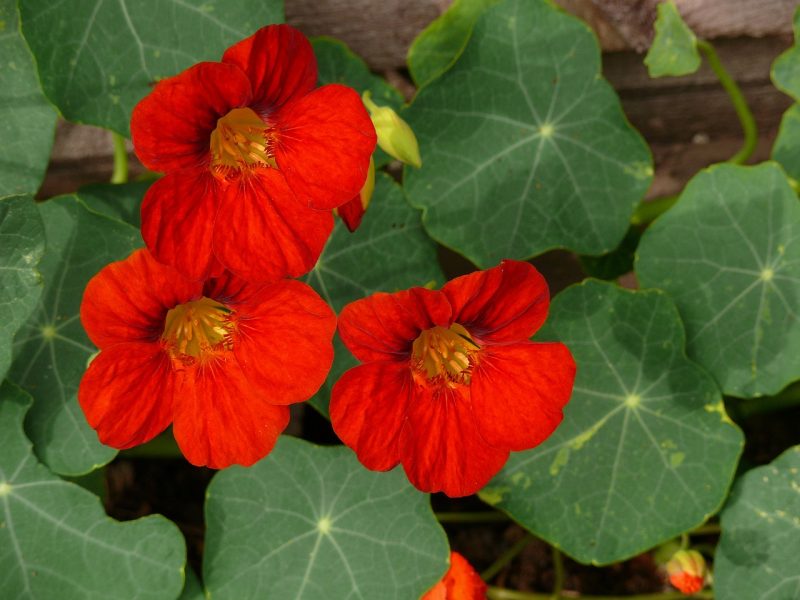
Nasturtiums (Tropaeolum majus) are not just an aesthetic choice; they’re also a culinary delight! With their vibrant oranges, yellows, and reds, these flowers add color and texture. The peppery flavor of nasturtium leaves and blossoms makes them a popular addition to salads and garnishes, providing both flavor and visual interest in your meals.
From a gardening perspective, nasturtiums serve a dual purpose alongside sunflowers. Their presence attracts beneficial insects such as ladybugs and hoverflies, which feast on aphids and other pests that can harm your sunflowers. Moreover, they can act as a trap crop, drawing aphids away from your sunflowers and protecting them from infestations. Nasturtiums are also relatively low-maintenance and thrive in poorer soils, allowing more nutrient-rich soil to be shared with sunflowers.
Perennial Lobelia
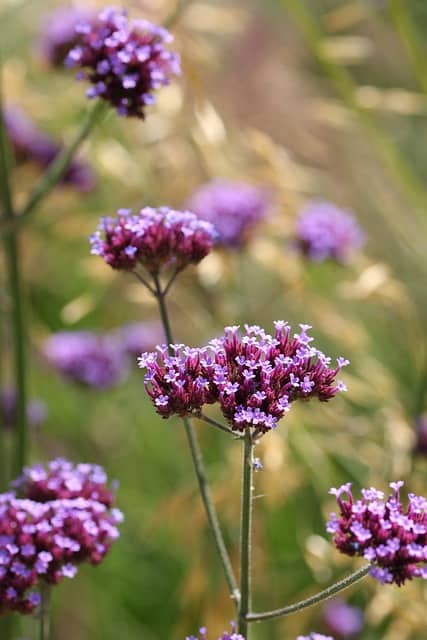
Perennial lobelia (Lobelia spp.) adds a captivating splash of color to your sunflower garden with its deep blues and purples. These plants not only create a visually stunning contrast against the yellow hues of sunflowers but also contribute to the overall health of the garden. They thrive in moist, well-drained soil and full sun, conditions that align well with those preferred by sunflowers.
Lobelia is celebrated for attracting hummingbirds and butterflies, turning your garden into a lively habitat that supports various forms of wildlife. By creating a vibrant color palette with sunflowers and lobelia, you invite fascinating interactions between plants and pollinators. The blooming period of perennial lobelia can also extend into late summer, providing a continuous display of color in your garden even after the sunflowers have peaked.
Geraniums
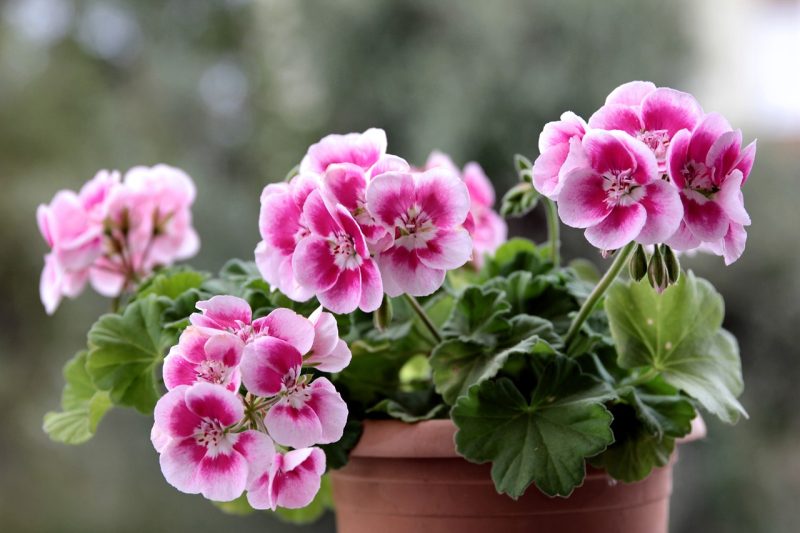
Geraniums (Pelargonium spp.) are a versatile choice for companion planting alongside sunflowers, bringing layers of color and texture to your garden. Available in numerous varieties and colors, these flowers not only harmonize beautifully with sunflowers but tend to have a prolonged flowering season from spring until frost.
Their dense foliage provides a lush green backdrop that can help visually ‘frame’ the sunflowers, accentuating their height and brilliance. Additionally, geraniums have been known to repel certain pests, creating a healthier environment for sunflowers to grow. They are also relatively easy to care for and can tolerate various conditions, making them an attractive choice for gardeners of all levels.
Stocks and Delphiniums
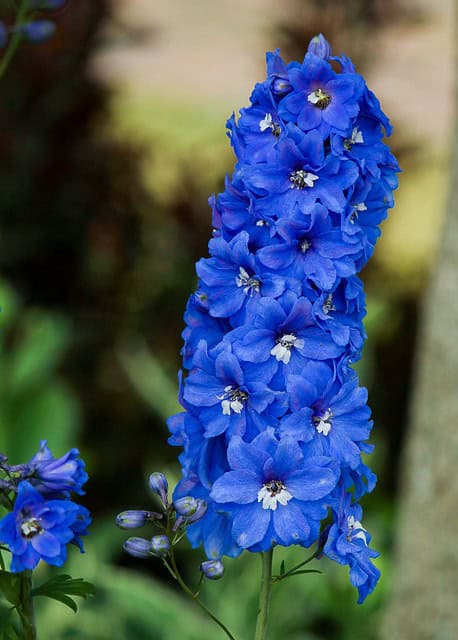
Stocks (Matthiola spp.) and delphiniums (Delphinium spp.) add an element of elegance and verticality to any sunflower garden. Stocks, with their sweet fragrance and beautiful colors, create a delightful sensory experience that can elevate your outdoor space. Their long flowering period extends from early spring to fall, promoting biodiversity and attracting pollinators.
Delphiniums, with their tall spikes and vivid blue or purple flowers, bring a dramatic touch to the garden. These gorgeous perennials can reach impressive heights and add depth and dimension alongside sunflowers. Both plants thrive in similar sun-soaked conditions, ensuring compatibility in terms of growth. With their exquisite visuals and ability to attract beneficial insects, stocks and delphiniums can transform a sunflower patch into a breathtaking floral display.
Impatiens

For those shaded areas around your sunflowers, impatiens (Impatiens walleriana) can be a game-changer. Known for their ability to thrive in partial shade, these annuals are available in a rainbow of colors and can create stunning contrasts with your sunflowers. The broad, lush foliage of impatiens not only serves as a ground cover but also fills in empty spaces beneath taller sunflowers.
Impatiens offer a softening effect in your garden’s design, balancing the bold structure of sunflowers. Their continuous blooms can last throughout the summer, ensuring that your garden remains colorful and lively even in the shade. Additionally, they are generally easy to maintain, making them an excellent choice for gardeners looking for a low-maintenance, vibrant addition that thrives in less-than-full sunlight.
Cornflowers
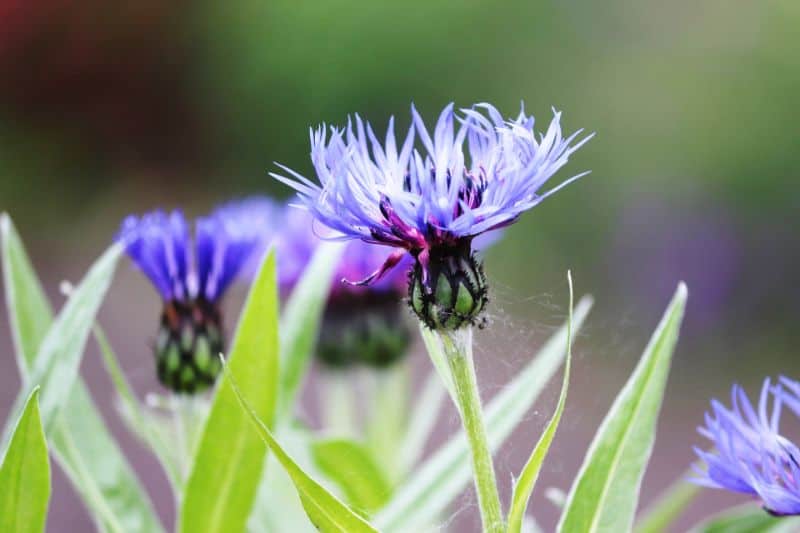
Cornflowers, otherwise known as bachelor’s buttons (Centaurea cyanus), are charming and resilient flowers that pair beautifully with sunflowers. Their striking blue petals create a lovely contrast against the warm yellows of sunflowers, making your garden visually appealing throughout the growing season.
Cornflowers are hardy, drought-tolerant, and thrive in poor soil conditions, making them ideal companions for sunflowers, which prefer well-drained soil. Apart from their visual appeal, cornflowers are excellent at attracting bees, butterflies, and other beneficial pollinators, enhancing the chances of successful pollination for sunflowers. With their simple beauty and ecological benefits, cornflowers can bring harmony and vibrancy to your garden landscape.
Sweet Peas
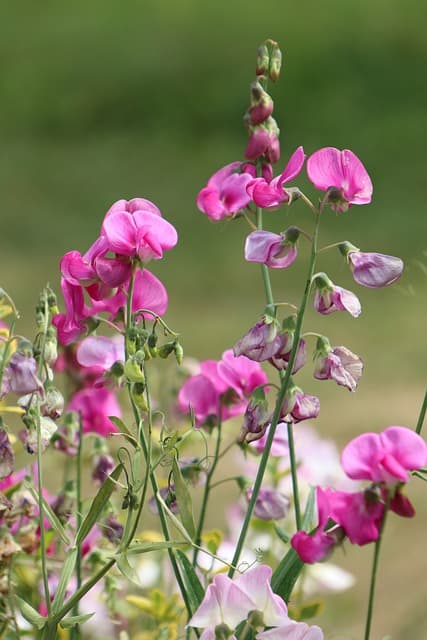
Adding sweet peas (Lathyrus odoratus) to your sunflower garden is akin to inviting a delightful fragrance into your space. These climbing plants come in a wide range of colors, from soft pastels to bold shades, and their aromatic blooms are irresistible. Training sweet peas to grow alongside sunflowers can create a gorgeous layering effect, with the sunflowers providing a sturdy backdrop for the vines to climb.
Sweet peas thrive in cooler conditions and are best planted in early spring. While they may bloom earlier, their beauty often pairs well with sunflowers, which will rise as the heat of summer arrives. Planting these vines alongside sunflowers not only provides visual interest with their density and color but also invites pollinators with their fragrant blooms, enhancing the garden’s biodiversity.
Zinnias
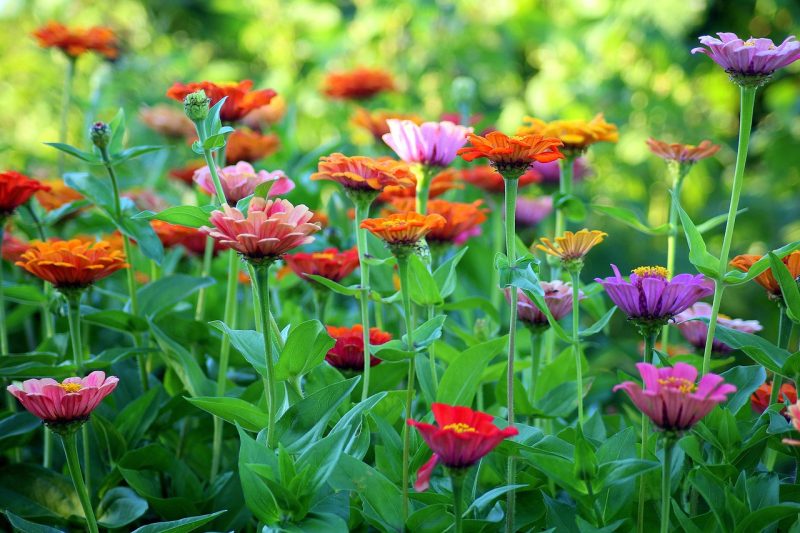
Zinnias are a vibrant addition to any sunflower garden, known for their brilliant colors and diverse flower shapes. They thrive in sunny conditions, similar to sunflowers, making them ideal companions in your planting arrangement. These annual flowers come in a variety of heights and flower types, ranging from flat, daisylike flowers to spiky petaled varieties.
What makes zinnias particularly appealing is their ability to attract pollinators such as bees, butterflies, and hummingbirds. Their blooms can add an explosion of color that contrasts and complements the cheerful yellows of sunflowers. Additionally, zinnias are extremely low-maintenance, requiring just well-drained soil and regular watering to flourish. They also bloom profusely from late spring through the first frost, ensuring a long-lasting display of color in your garden, alongside your sunflowers.
Cosmos
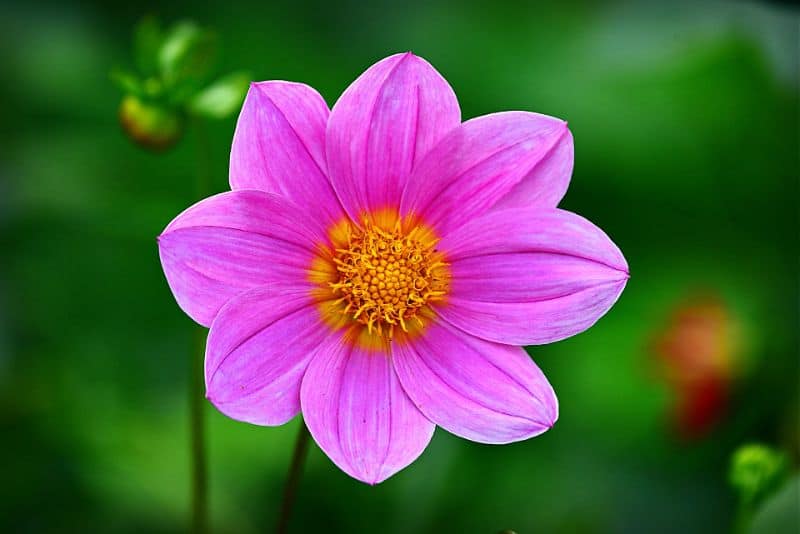
Cosmos flowers (Cosmos bipinnatus) are another stunning companion for sunflowers, offering delicate blooms that add aesthetic value and attract beneficial insects. These plants are available in various colors, including pink, white, violet, and purple, and stand tall with graceful, feathery foliage. Cosmos are known for their height, often growing between 2 to 5 feet, creating a layered look in your garden design alongside the towering sunflowers.
One of the most significant benefits of cosmos is their ability to thrive in poor soil conditions and their drought tolerance, making them relatively low-maintenance garden companions. They are a hit with pollinators as well, drawing in bees and butterflies with their nectar-rich flowers. Planting cosmos in your sunflower garden will not only fill in vertical spaces but will also extend the blooming season, as these flowers typically bloom from mid-summer until the first frost, providing continuous beauty and life.
Phlox
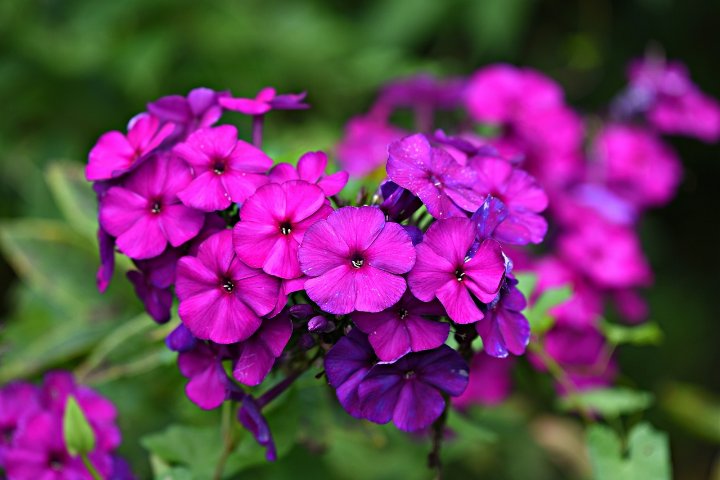
Phlox, especially the garden phlox (Phlox paniculata), is an excellent choice for adding late-summer color to your sunflower garden. These perennial flowers have clusters of small blossoms that come in a range of colors, including pink, red, white, and purple, which can beautifully complement the bold yellow of sunflowers.
Phlox plants typically grow between 2 to 4 feet tall and are known for their aromatic flowers that attract beneficial pollinators, including butterflies and bees. By planting phlox alongside sunflowers, you create a multi-layered garden that thrives well into the late summer months. As your sunflowers begin to fade, the phlox will bloom, ensuring your garden remains lively and colorful. Phlox thrives in well-drained soil and prefers full sun to partial shade, making it a compatible neighbor for sunflowers.
Asters
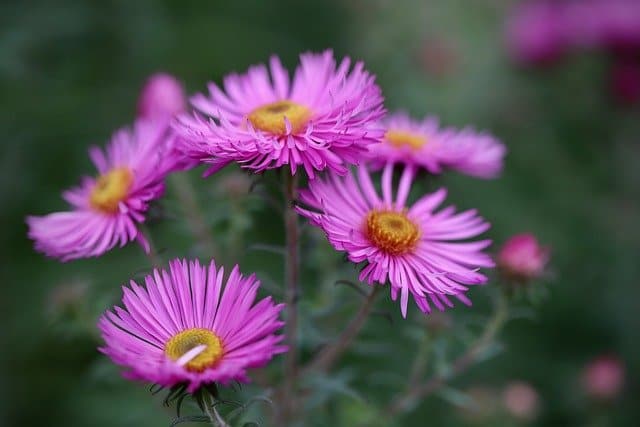
Asters are charming perennial flowers that bloom in late summer to fall, offering a delightful spectrum of colors from blue and purple to pink and white. Their blooms can fill the gaps as sunflowers start to decline, ensuring that your garden is never devoid of color. Asters can reach anywhere from 1 to 4 feet in height, making them another excellent option for layering within your garden.
These flowers are celebrated for attracting a wide range of pollinators, including bees and butterflies, which further enhances the overall biodiversity of your garden space. Asters thrive in sunny areas but can also tolerate some shade. With their graceful, daisy-like flowers and bright colors, asters can beautifully complement sunflowers, creating an inviting and vibrant corner in your garden that cheers up even the dullest late summer days.
Rudbeckia (Black-Eyed Susans)
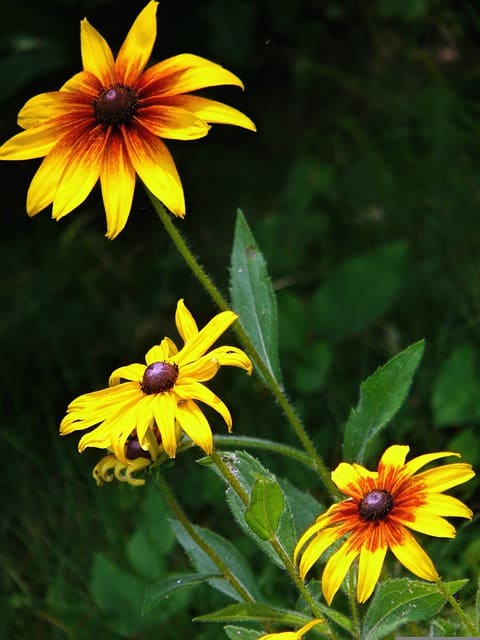
Rudbeckia, commonly known as black-eyed Susans (Rudbeckia hirta), are a classic garden flower with their bold yellow petals and dark brown centers, making them a natural companion to sunflowers. These hardy perennials tend to bloom from mid-summer through fall, ensuring your garden retains a lively display well into the autumn months when sunflowers start to dwindle.
Rudbeckia thrives in full sun and well-drained soil, paralleling the needs of sunflowers perfectly. Their cheerful disposition and robust nature make them relatively low-maintenance once established. In addition to their aesthetic appeal, black-eyed Susans are also excellent for attracting a variety of pollinators, adding dynamic life to your garden. Planting them alongside your sunflowers can provide a seamless transition in visual interest and longevity, keeping your garden impactful and energetic as the seasons change.
Conclusion
Incorporating flowers like zinnias, cosmos, phlox, asters, and rudbeckia into your sunflower garden not only enhances its beauty but also contributes to a diverse and inviting ecosystem. Each of these flowers brings unique colors, textures, and ecological benefits, supporting a healthy garden environment that attracts pollinators and other wildlife


